From Pirates to Predators
The Blockbuster Sequel Blueprint of 2025 & 2026
The sequels are a in thing movie trend! but why?
Disney is steering the Pirates of the Caribbean franchise into two directions—one reboot with legacy characters and another standalone concept. Johnny Depp’s potential return as Jack Sparrow remains uncertain but widely speculated. Orlando Bloom has shown interest, while Keira Knightley remains hesitant due to production demands. The reboot aims to recapture the original trilogy’s adventurous tone while introducing fresh lore. Jerry Bruckheimer continues to champion the franchise’s evolution. No release date has been confirmed, but development is active.
The studio is balancing nostalgia with reinvention. Fans are divided—some crave the classic ensemble, others want bold new storytelling. The franchise’s merchandising power remains strong. Its global appeal makes it a strategic asset for Disney. The challenge lies in avoiding redundancy. Pirates must evolve without losing its soul. The sea may be familiar, but the journey must feel new. This reboot is more than a sequel—it’s a test of legacy. Whether it sails or sinks will shape Disney’s future strategy.

The Sequel Surge
Star Wars – Expanding the Galaxy, Again
Lucasfilm is launching multiple new Star Wars films, including Rey’s New Jedi Order and Starfighter starring Ryan Gosling. The Mandalorian & Grogu will be the first theatrical release since 2019. James Mangold’s Dawn of the Jedi explores the Force’s origins 25,000 years before the Skywalker Saga. These projects reflect a dual approach—honoring legacy while building new mythologies. The studio is responding to fan demand for deeper lore and character arcs. The sequel trilogy’s mixed reception has prompted narrative recalibration.
Casting choices signal a shift toward prestige storytelling. Gosling’s involvement suggests a tonal departure from recent entries. The franchise is also expanding through streaming series and animation. Disney is leveraging Star Wars as a transmedia universe. The challenge is coherence—too many timelines risk confusion. Fans want emotional depth, not just spectacle. The Force remains a powerful metaphor, but it needs fresh interpretation. These films must balance innovation with reverence. Star Wars is no longer just a saga—it’s a cinematic ecosystem.
Lethal Weapon – Legacy Reloaded
Lethal Weapon 5 is in development and theoretically will go ahead with Mel Gibson directing and reprising his role as Riggs. Danny Glover also should be returning as Murtaugh, continuing the iconic buddy cop dynamic. The screenplay was initiated by Richard Donner and completed by Gibson. The film promises emotional closure and thematic depth. Studio delays have slowed production, but interest remains high. Gibson has described the project as a tribute to Donner’s legacy. The film will explore aging, loyalty, and redemption. It’s not just action—it’s reflection.
The franchise’s cultural impact remains significant. Lethal Weapon helped define the modern action genre. Its return is both nostalgic and timely. Audiences crave familiar heroes with evolved perspectives. The film must avoid caricature and embrace maturity. This sequel is a chance to reframe masculinity and partnership. If executed well, it could redefine legacy filmmaking.
Predator – Badlands and Beyond
Predator – Badlands arrives in November 2025, directed by Dan Trachtenberg. Elle Fanning stars as a survivor in a post-apocalyptic wilderness. The film introduces a young Predator outcast seeking the ultimate adversary. It builds on the tonal shift seen in Prey. The film includes crossover elements from the Alien universe. Weyland-Yutani androids and shared lore deepen the mythology. This expansion signals a franchise merger strategy. Predator is evolving from monster-of-the-week to character-driven saga. The wilderness setting adds thematic isolation and survivalism. Fanning’s casting suggests psychological nuance. The Predator itself is reimagined as a tragic figure. Badlands aims to elevate the franchise’s narrative ambition. It’s not just about kills—it’s about identity. This could be the most introspective Predator film yet.

Minions – The Mega Mutation
Despicable Me 4 introduced Mega Minions—genetically enhanced versions of Gru’s sidekicks. The film grossed over $970 million globally. A third Minions spin-off is slated for July 2026. Pierre Coffin returns to direct, with Brian Lynch writing. The franchise thrives on slapstick and family-friendly chaos. Critics note diminishing narrative returns. Still, Minions remain merchandising powerhouses.
Their global appeal spans generations. The new film explores Minion evolution and autonomy. Mega Minions challenge Gru’s authority, adding conflict. The franchise is experimenting with darker humor. Visual gags remain central, but themes are expanding. The Minions are becoming more than comic relief. They’re symbols of loyalty, rebellion, and transformation. This evolution could sustain the franchise’s longevity. Minions are no longer just sidekicks—they’re protagonists.
Ghostbusters – Frozen Empire and European Expansion
Ghostbusters – Frozen Empire reunited original cast members with the Afterlife ensemble. Set in New York, the film introduced a death-chilling god as antagonist. The narrative blended legacy with new mythology. Netflix is developing a European-set animated Ghostbusters project. Dark Horse is releasing new comics to expand the lore. These moves aim to globalize the franchise. Localization enhances accessibility and market reach. The European project introduces new cultural contexts. Ghostbusters is evolving into a global brand. The challenge is maintaining thematic coherence.
Spectral lore must adapt without losing its essence. Frozen Empire emphasized emotional stakes and generational conflict. The franchise is shifting toward ensemble storytelling. Ghostbusters is no longer just about busting—it’s about belonging. This expansion reflects broader industry trends. Ghosts may be universal, but stories must be specific.

Avengers – Doomsday and the Multiversal Reckoning
Avengers – Doomsday releases in December 2026, directed by the Russo Brothers. Robert Downey Jr. returns as Doctor Doom, a multiversal antagonist. The cast includes Hemsworth, Mackie, Hiddleston, and members of the Fantastic Four. The film addresses timeline incursions and cosmic consequences. It sets the stage for Avengers – Secret Wars in 2027. Marvel is recalibrating after the Kang controversy.
Star power and crossover spectacle drive the strategy. The multiverse allows narrative flexibility and character resurrection. Doctor Doom’s arc explores guilt, power, and redemption. The film blends action with philosophical inquiry. Marvel aims to restore audience trust. The stakes are existential, not just physical. Doomsday could redefine superhero cinema. It’s a culmination, not just a continuation. The Avengers must evolve or risk irrelevance.
Shrek 5 – The Return to Far Far Away
After a 17-year hiatus, Shrek is finally returning to the big screen. Shrek 5 is officially slated for release on June 30, 2027, with Mike Myers, Cameron Diaz, and Eddie Murphy reprising their iconic roles. The film will also introduce Zendaya as Shrek and Fiona’s daughter, signaling a generational shift in the franchise’s storytelling. Directed by longtime collaborators Walt Dohrn and Conrad Vernon, and co-produced by Illumination’s Chris Meledandri, the film promises to blend classic irreverence with modern emotional depth. The story remains under wraps, but early production notes suggest a more introspective tone—focusing on legacy, family, and the cost of happily ever after.
The animation style is being updated to reflect contemporary aesthetics while preserving the visual charm that defined the original films. Shrek 5 is not just a continuation—it’s a reinvention. The creative team is reportedly drawing from unused story arcs and character sketches developed during the franchise’s early years. The film will also explore the evolving dynamics between Shrek, Fiona, and Donkey, with new challenges testing their friendship and loyalty. The release date shift from December 2026 to summer 2027 was strategic—avoiding competition with Avengers: Doomsday and aligning with the franchise’s traditional summer success.
This sequel is more than a nostalgic revival—it’s a cultural litmus test. Can Shrek still resonate in a landscape dominated by multiverses and hyperreal animation. If it succeeds, it may reignite interest in fairy tale satire and character-driven comedy. If it falters, it could mark the end of an era. Either way, the swamp is stirring—and audiences are watching.

Donkey – The Spin-Off We Didn’t Know We Needed
Eddie Murphy’s Donkey is finally getting his own spotlight. A standalone Donkey movie is in active development at DreamWorks Animation, with Murphy confirmed to reprise his role. The spin-off will follow the success of Puss in Boots: The Last Wish, which proved that Shrek’s side characters can carry their own narratives. While plot details are still emerging, Murphy has hinted that the film will explore Donkey’s life beyond Shrek—his relationship with Dragon, the Dronkeys, and his own chaotic sense of purpose.
The tone is expected to be comedic but emotionally grounded, with Murphy’s improvisational energy driving the character’s arc. The film may also feature flashbacks to Donkey’s origins, offering insight into how he became the fast-talking, fiercely loyal companion we know. Frank Welker is rumored to return as the voice of Dragon, and new characters—including a mysterious figure named Rip Van Winkle—are being introduced to expand Donkey’s world.
This spin-off isn’t just fan service—it’s a strategic expansion of the Shrek universe. Donkey has long been the franchise’s emotional anchor, and giving him a solo film allows for deeper exploration of themes like identity, friendship, and self-worth. The project is expected to begin full production after Shrek 5 wraps, with a tentative release window in 2029. If successful, it could launch a new wave of character-centric stories within the Shrek ecosystem.
Donkey’s time has come—and if Murphy’s enthusiasm is any indication, it’s going to be a wild, heartfelt ride.
Mortal Kombat II – The Tournament Returns in Brutal Glory
The next chapter in the Mortal Kombat saga arrives October 24, 2025, and it’s shaping up to be the most faithful adaptation of the video game’s core mythology yet. Directed by Simon McQuoid and written by Jeremy Slater, Mortal Kombat II picks up where the 2021 reboot left off—this time plunging headfirst into the legendary tournament that defines the franchise. Karl Urban joins the cast as Johnny Cage, the egotistical movie star turned reluctant Earthrealm champion, alongside returning fighters like Liu Kang, Sonya Blade, Jax, and Cole Young. The stakes are higher, the blood is thicker, and the fate of Earthrealm hangs in the balance.
The film centers on the brutal rivalry between Scorpion and Bi-Han, the original Sub-Zero, whose death in the first film sets the stage for his resurrection as Noob Saibot. This transformation introduces a darker, more supernatural layer to the conflict, with vengeance and betrayal driving the narrative. Producer Todd Garner has described their arc as one of the most emotionally charged in Mortal Kombat lore—a story of two warriors haunted by death and bound by destiny. The film also introduces classic characters like Kitana, Jade, Sindel, Baraka, and Shao Kahn, expanding the roster and deepening the lore.
Unlike its predecessor, Mortal Kombat II leans heavily into the tournament format, with visual scorekeeping and strategic match-ups that mirror the original games. This structure brings clarity and tension to the narrative, allowing each fight to carry weight and consequence. The choreography is brutal and stylized, with practical effects and digital enhancements used to amplify the gore without losing realism. The film’s tone is darker, more mythic, and unapologetically violent—embracing the franchise’s R-rated legacy.
Behind the scenes, the production team includes James Wan and Todd Garner, with music by Benjamin Wallfisch and cinematography by Stephen F. Windon. The cast features Hiroyuki Sanada as Scorpion, Joe Taslim as Bi-Han, Tadanobu Asano as Lord Raiden, and Chin Han as Shang Tsung, among others. The ensemble is stacked with martial arts talent and dramatic range, ensuring that the film delivers both spectacle and substance.
Mortal Kombat II isn’t just a sequel—it’s a course correction. It honors the franchise’s roots while expanding its cinematic potential. With a tighter narrative, deeper character arcs, and a commitment to tournament authenticity, this installment could be the one that finally bridges the gap between fan expectations and mainstream appeal. The fatalities will be fierce, but the storytelling might be what leaves the deepest mark.
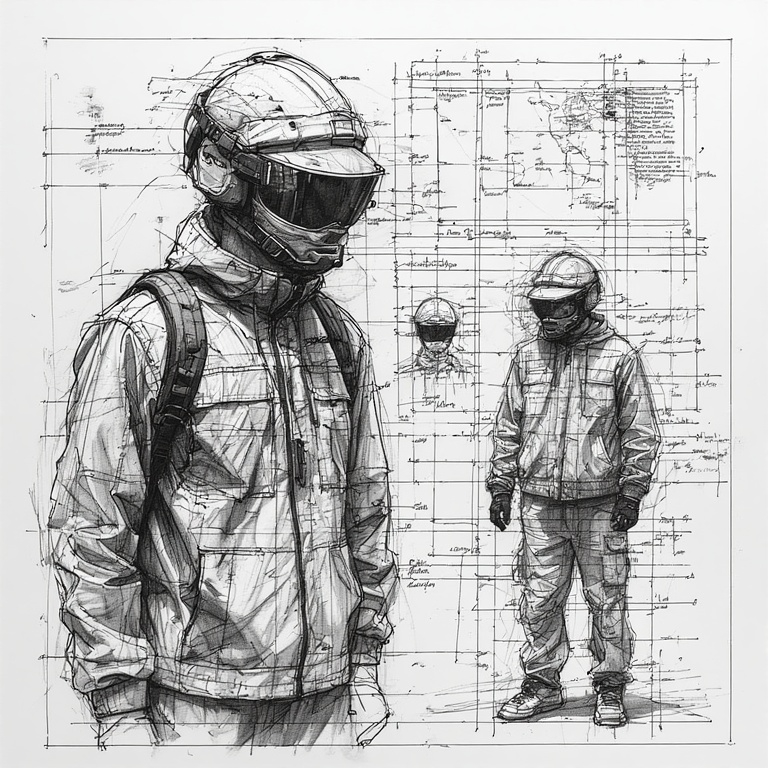
Why So Many Sequels – The Economics of Familiarity
Sequels offer financial predictability and built-in audiences. Studios prioritize risk mitigation over originality. Familiar IPs reduce marketing costs and increase global appeal. Streaming fragmentation has intensified this strategy. Theatrical uncertainty makes franchises safer bets. Merchandising and licensing add revenue streams. Original films struggle to secure funding and visibility. The feedback loop favors repetition. Studios follow data, not instinct. Familiarity sells across demographics. Nostalgia drives engagement and social media buzz. Sequels are easier to greenlight and distribute. The economics are compelling but creatively limiting. Innovation becomes secondary to brand management. The industry must balance profit with purpose. Familiarity is comforting—but it can become confining.
The Risk of Creative Stagnation
Reboots often recycle tropes and dilute character arcs. Spectacle can overshadow substance. Narrative fatigue sets in when stories feel redundant. Audiences crave emotional depth and thematic novelty. The absence of new voices limits cultural diversity. Artistic evolution requires risk and experimentation. Franchise dominance narrows genre exploration. Originality becomes niche rather than norm. The industry risks alienating discerning viewers. Creative stagnation affects critical reception and long-term viability. Sequels must justify their existence beyond profit. Innovation must be embedded in structure and theme. The challenge is reinvention, not repetition. Stagnation is not inevitable—it’s a choice. Filmmakers must push boundaries within familiar frameworks. Cinema thrives on surprise, not just recognition.
Streaming’s Role in Franchise Expansion
Streaming platforms enable serialized storytelling and spin-offs. Disney+, Netflix, and Amazon invest heavily in franchise ecosystems. Character-centric series deepen lore and audience engagement. Streaming allows for tonal experimentation and demographic targeting. It blurs the line between cinematic and episodic formats. Franchises become transmedia experiences. Content saturation is a growing concern. Viewers struggle to keep up with interconnected narratives. Streaming alters release strategies and pacing. It democratizes access but fragments attention. Franchise expansion becomes infinite and iterative. Theatrical exclusivity loses its cultural weight. Streaming reshapes audience expectations. It’s both opportunity and challenge. Franchises must adapt to platform dynamics. The future is hybrid—part cinema, part stream.
Globalization and Cultural Adaptation
Franchises are increasingly tailored for international markets. Localization includes casting, settings, and themes. Ghostbusters’ European expansion reflects this trend. Star Wars and Marvel pursue global resonance. Cultural adaptation enhances accessibility and relevance. Authenticity must be preserved amid translation. Representation becomes strategic and ethical. Globalization expands storytelling possibilities. It also raises questions about creative control. Franchises must respect local nuance. International audiences seek both familiarity and specificity. Cultural hybridity enriches narratives. The challenge is avoiding homogenization. Global cinema must celebrate diversity. Franchises are becoming cultural bridges. Adaptation is not dilution—it’s evolution.
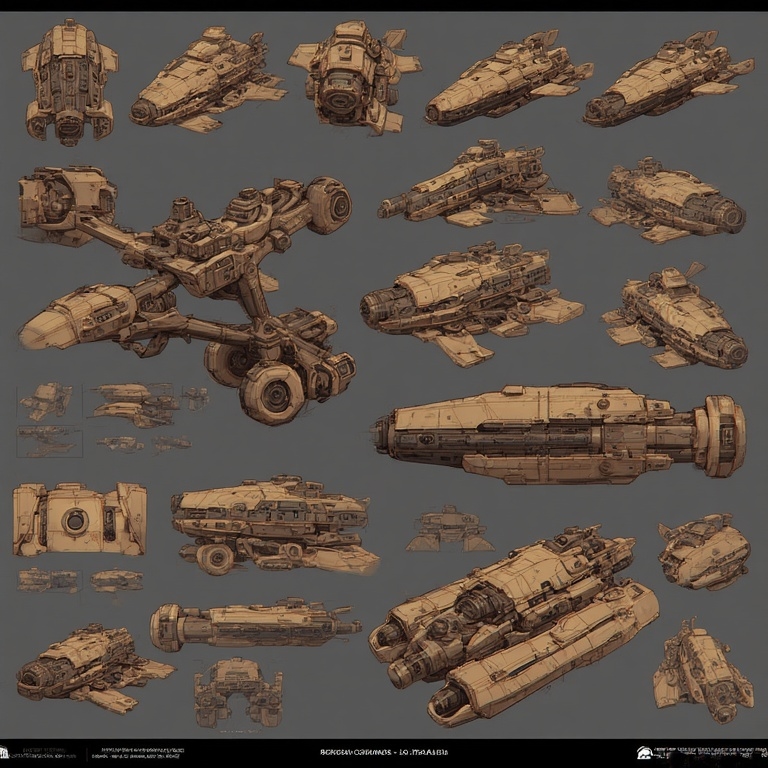
Technology and Visual Spectacle
Advances in CGI and virtual production elevate visual storytelling. Spectacle becomes a baseline expectation. Immersive worlds and dynamic action dominate trailers. AI-driven effects enhance realism and efficiency. Technology enables ambitious set pieces and creature design. It also risks overshadowing character and theme. Visual innovation must serve narrative purpose. Audiences crave emotional resonance, not just eye candy. The industry must balance tech with storytelling. Overreliance on effects can flatten impact. Filmmakers must integrate spectacle with substance.
CGI should enhance, not distract. Virtual production offers flexibility but demands discipline. AI-driven effects can streamline workflows, yet risk homogenizing aesthetics. The best use of tech is invisible—serving character and theme. Audiences are increasingly savvy about visual manipulation. They crave authenticity beneath the gloss. Overreliance on effects can flatten emotional impact. Story must remain the core driver of innovation. Visuals should reflect narrative tone and psychological texture. The industry must resist the temptation to dazzle without meaning. Spectacle is powerful—but only when earned. Technology should expand creative possibility, not replace it. The future lies in synthesis, not substitution. Cinema must remain a human art, even in digital form.
Audience Behavior and Nostalgia
Audiences gravitate toward familiar stories during uncertain times. Nostalgia offers emotional safety and cultural continuity. Legacy franchises evoke childhood memories and shared experiences. Studios capitalize on this by reviving beloved characters. Social media amplifies nostalgic engagement. Trailer reactions and fan theories drive marketing cycles. Nostalgia can inspire—but also inhibit. It risks idealizing the past at the expense of the present. Audiences may become resistant to unfamiliar narratives. The comfort of recognition can stifle curiosity. Yet nostalgia also deepens emotional investment. It creates intergenerational connections. The challenge is to evolve while honoring memory. Franchises must grow with their audiences. Nostalgia should be a bridge, not a cage. When used wisely, it enriches storytelling. When overused, it becomes a crutch.
The Future of Original Storytelling
Original storytelling is not extinct—it’s just underfunded. Independent filmmakers continue to innovate across genres. Festivals remain vital incubators of new voices. Streaming platforms offer alternative distribution models. Crowdfunding empowers creators outside studio systems. Original films often tackle complex, personal themes. They reflect diverse perspectives and cultural specificity. The industry must invest in these voices. Grants, mentorships, and partnerships can foster innovation. Audiences must also support originality with their wallets. Word-of-mouth and critical acclaim matter. Original stories challenge assumptions and expand empathy. They are essential for cultural vitality. Franchises dominate headlines, but originals shape hearts. The future of cinema depends on narrative diversity. Without it, film becomes formula. Originality is not a luxury—it’s a necessity.
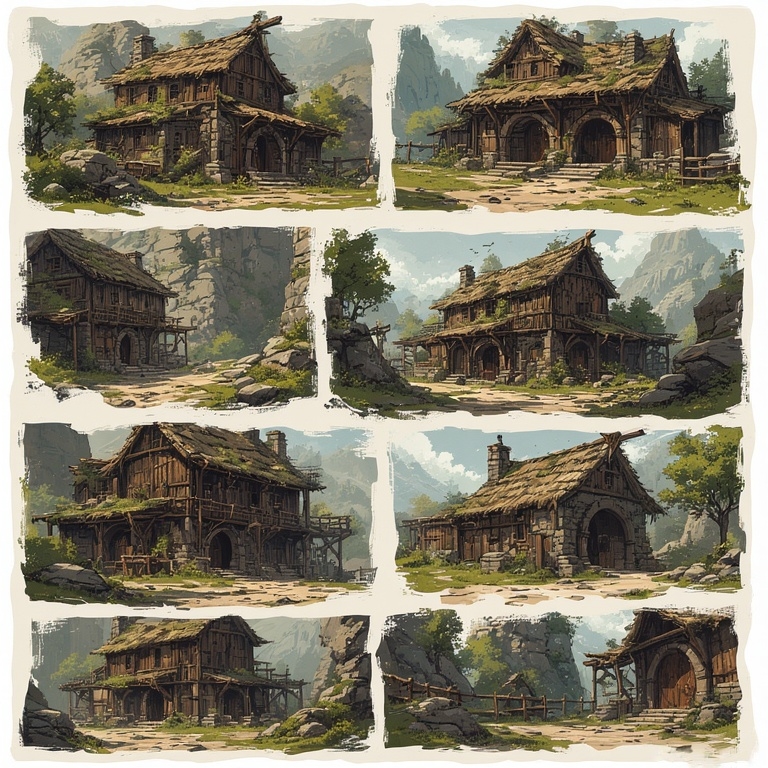
Harry Potter – A Decade of Magic Reimagined
The Wizarding World is returning to screens in a bold new form—this time as a long-form television series. HBO’s upcoming Harry Potter adaptation is set to span ten years, with each season dedicated to one of J.K. Rowling’s seven novels. Production began in mid-2025, and the series is slated to premiere in 2027. Dominic McLaughlin, Arabella Stanton, and Alastair Stout will portray Harry, Hermione, and Ron, respectively, while industry veterans like John Lithgow (Dumbledore) and Nick Frost (Hagrid) round out the cast. The creative team includes Francesca Gardiner as showrunner and Mark Mylod as director, promising a cinematic approach to episodic storytelling.
This reboot aims to be a more faithful adaptation than the original films, diving deeper into character development, magical lore, and the darker psychological undercurrents of Hogwarts life. Peeves the poltergeist—cut from the films—is confirmed to appear, along with more nuanced portrayals of secondary characters like the Weasley siblings and Professor Snape. The series will explore themes of trauma, identity, and power with greater emotional complexity.
Hogwarts itself will be reimagined with expanded sets and immersive visual effects. The tone will shift as the seasons progress, mirroring the maturation of its characters. The casting of younger, lesser-known actors reflects a desire to build fresh associations. The series will also include new scenes and subplots drawn from Rowling’s original notes.
HBO’s strategy is clear—build a generational epic that mirrors the emotional arc of the books while expanding the visual and thematic scope. With Rowling onboard as executive producer, the series is positioned to redefine the franchise for a new audience while rekindling the enchantment for longtime fans. The project is one of the most ambitious literary adaptations in television history. It reflects a broader industry trend toward serialized prestige storytelling. The challenge will be maintaining momentum across a decade of production. If successful, this series could become the definitive version of Harry Potter. It’s not just a reboot—it’s a reclamation of narrative depth.
From Screen to Series – The Rise of Cinematic TV Universes
The transformation of blockbuster films into serialized television has become a defining trend in modern entertainment. Franchises like Star Wars, Harry Potter, and even The Jackal are being reimagined for the small screen—not as mere spin-offs, but as expansive narrative ecosystems. This shift reflects both technological evolution and audience demand for deeper, more sustained engagement with beloved worlds. The Jackal, originally a taut thriller, is being developed into a limited series that explores geopolitical intrigue and character psychology in greater depth.
Star Wars pioneered this model with The Mandalorian, The Book of Boba Fett, and Andor—each offering character-driven arcs that explore corners of the galaxy untouched by the films. These series have expanded the franchise’s emotional range and thematic ambition. Harry Potter’s new series follows suit, promising a granular retelling that restores omitted details and emotional complexity. The serialized format allows for richer character development, thematic layering, and world-building that a two-hour film simply cannot accommodate.
Streaming platforms crave long-form content that retains subscribers, while studios seek to monetize IPs across formats. Episodic storytelling enables creators to correct past missteps, diversify casting, and adapt to shifting cultural sensibilities. It also allows for tonal experimentation—blending drama, horror, comedy, and fantasy within a single universe. The rise of cinematic television reflects a convergence of film and series production values. High-budget shows now rival theatrical releases in scope and spectacle.
Yet this trend also raises questions about creative saturation. When every film becomes a series, does the magic dilute—or evolve. The answer lies in execution. At its best, cinematic television can elevate storytelling to operatic heights. At its worst, it risks redundancy and fatigue. The challenge for creators is to honor the source material while daring to expand it—making the familiar feel revelatory once more. This shift is not just a format change—it’s a redefinition of narrative possibility.

Why Studios Love Sequels
Why Are So Many Franchises Returning – Fan Demand or Studio Strategy
The resurgence of legacy franchises and sequels—whether in film or television—isn’t driven by a single force. It’s a convergence of audience psychology, economic strategy, and production logistics. Fans absolutely play a role. Nostalgia is powerful, and studios know that tapping into emotional memory creates instant engagement. When audiences see familiar characters or hear iconic theme music, they’re more likely to show up, share trailers, and buy tickets. That emotional shorthand is valuable—but it’s not the whole story of why they deal in sequels.
Studios also see these sequel projects as reliable financial engines. A franchise with global recognition already has a built-in audience, which reduces marketing risk and increases merchandise potential. Sequels and reboots often outperform original films at the box office, especially internationally. They’re not necessarily cheaper to make, but they’re safer bets. In a volatile media landscape—where streaming platforms compete for attention and theatrical attendance fluctuates—familiar IPs offer stability.
There’s also a practical angle. Reboots and sequels allow studios to reuse existing assets—sets, costumes, lore, and even visual effects pipelines. That efficiency can lower production costs and speed up development. But calling it “cheap” misses the nuance. These projects are often high-budget, high-stakes endeavors. What makes them appealing is not their cost, but their predictability. Studios aren’t gambling—they’re investing in what they already know works.
So yes, fans want it. But studios want it more—for reasons that go far beyond fandom. The result is a feedback loop: audiences respond to what’s offered, and studios offer what gets a response. Breaking that loop requires risk, vision, and a willingness to fail in pursuit of something new. Until then, the sequel surge will continue—not because it’s easy, but because it’s effective.
Success vs. Failure – Why Some Franchises Thrive While Others Falter
Not all sequels are created equal. Some, like Mission: Impossible and Beetlejuice, evolve into cultural juggernauts—while others, like Solo: A Star Wars Story, stumble despite massive budgets and brand recognition. The difference often lies in a blend of timing, tone, creative vision, and audience expectation.
Mission: Impossible succeeds because it reinvents itself with each installment. The franchise doesn’t just repeat—it escalates. Tom Cruise’s commitment to practical stunts, paired with rotating directors who bring fresh stylistic energy, keeps the series dynamic. Each film builds on the last while offering something new, whether it’s a jaw-dropping HALO jump or a morally complex villain. The franchise understands its genre and its audience, and it never takes loyalty for granted.
Beetlejuice, on the other hand, thrives on its cult status. The sequel, decades in the making, taps into a deep reservoir of affection for Tim Burton’s gothic whimsy. It doesn’t try to modernize the original’s tone—it preserves it. The return of Michael Keaton and Winona Ryder, combined with a new generation of characters, creates a bridge between nostalgia and novelty. Fans feel respected, not exploited.
Solo, despite being part of the Star Wars universe, struggled with identity. It was a prequel no one asked for, centered on a character already defined by Harrison Ford’s charisma. The film faced production issues, including a mid-shoot director swap, which led to tonal inconsistency. It also suffered from franchise fatigue—audiences were overwhelmed by too many Star Wars releases in too short a time. The result was a technically competent film that lacked emotional urgency and narrative necessity.
Success often hinges on whether a sequel feels earned. Is there a story worth telling, or is it just a brand extension. Audiences can sense when a film is made with passion versus when it’s made for profit. Franchises that evolve, surprise, and respect their roots tend to thrive. Those that feel like filler—no matter how polished—risk fading fast.

Conclusion – A Fork in the Frame
Cinema stands at a pivotal moment. The sequel surge reflects economic logic and audience desire. But it also exposes creative vulnerabilities. The industry must choose between repetition and reinvention. Franchises offer comfort, but risk stagnation. Original stories offer growth, but face obstacles. The balance is delicate and urgent. Technology, globalization, and streaming complicate the equation. Yet the core remains unchanged—storytelling.
Audiences crave meaning, not just motion. Studios must listen, adapt, and invest. The future of film is not predetermined. It will be shaped by choices—creative, commercial, and cultural. Cinema must remain a space for wonder and truth. Whether through sequels or originals, it must evolve. The fork in the frame is not a dead end. It’s an invitation to imagine anew and yes some sequels do that but some sequels just fall short.
Join the Discussion – What Sequels Do You Want to See
Are you drawn to the return of iconic heroes or hungry for something entirely new. Do sequels excite you or exhaust you or still have some excitement? Which sequel are you looking forward for? Which sequel do you want to be made ?
#Cinema2025 #FranchiseFever #SequelSurge #MovieIndustryTrends #HollywoodReboot #OriginalStorytelling #FilmFuture #AvengersDoomsday #PiratesReboot #StarWarsSaga #GhostbustersGlobal #Minions3 #PredatorBadlands #LethalWeapon5 #StreamingCinema
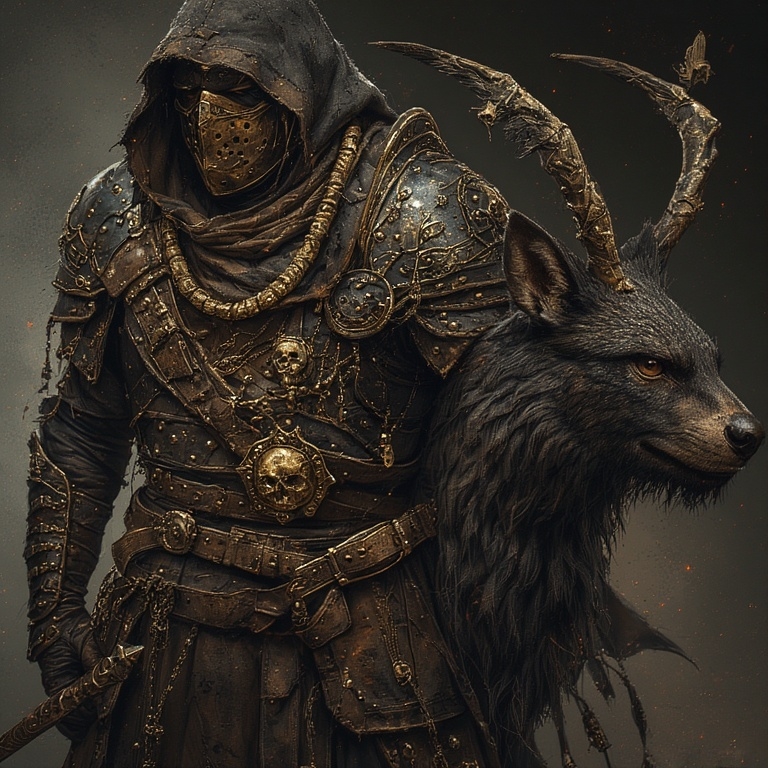




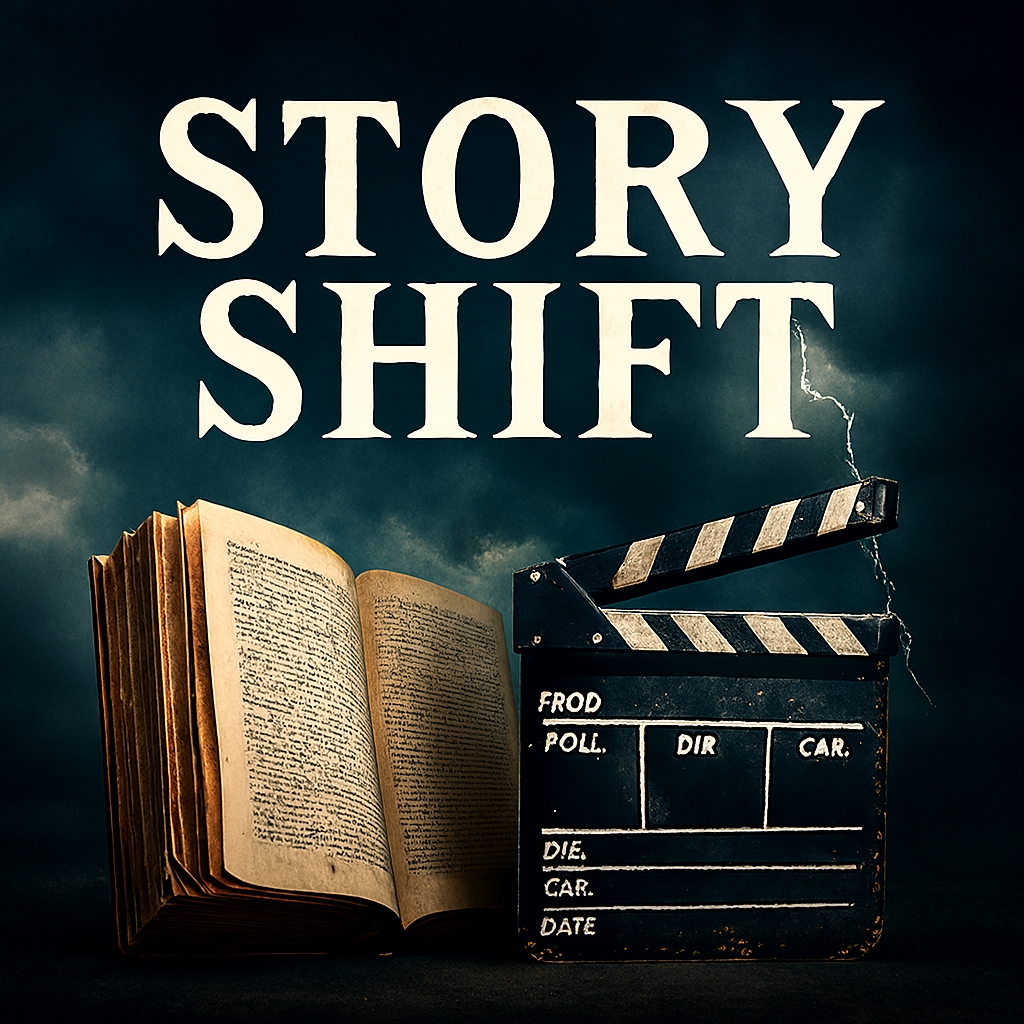
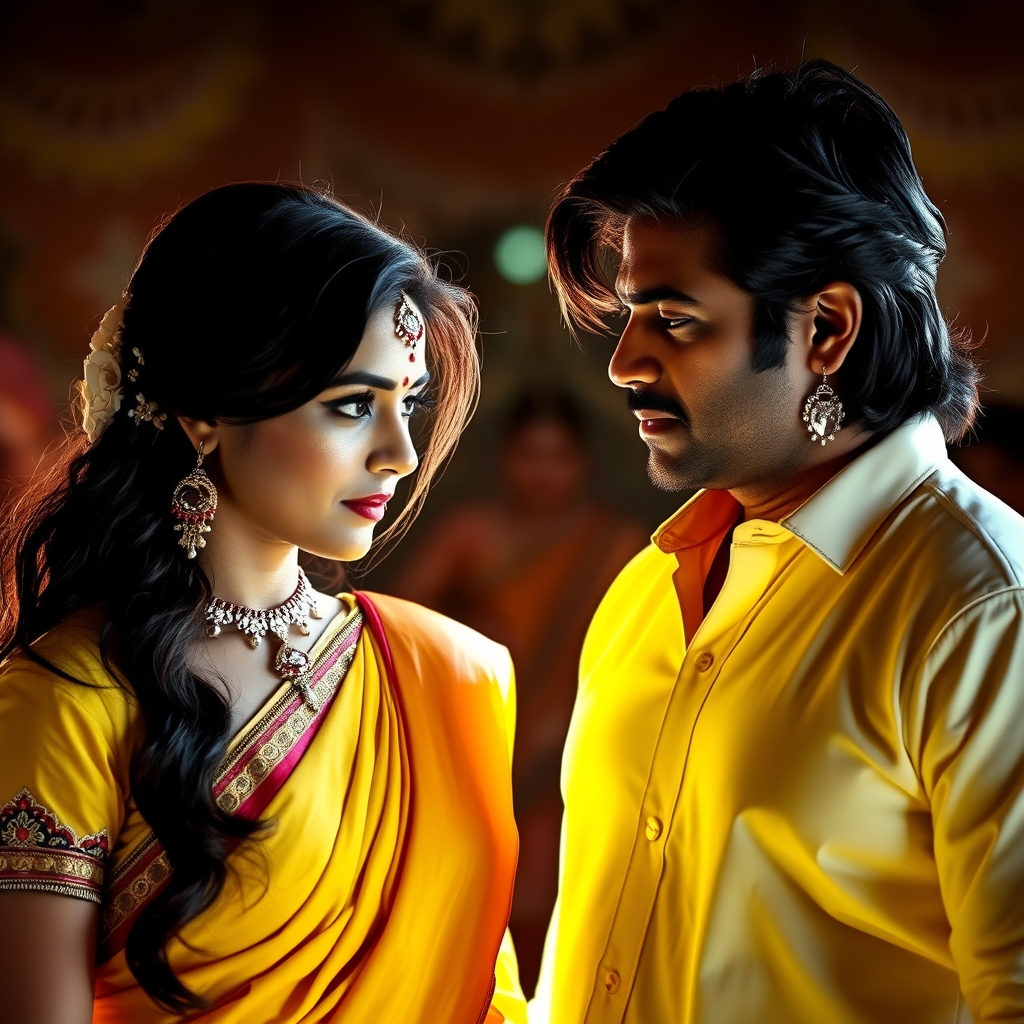


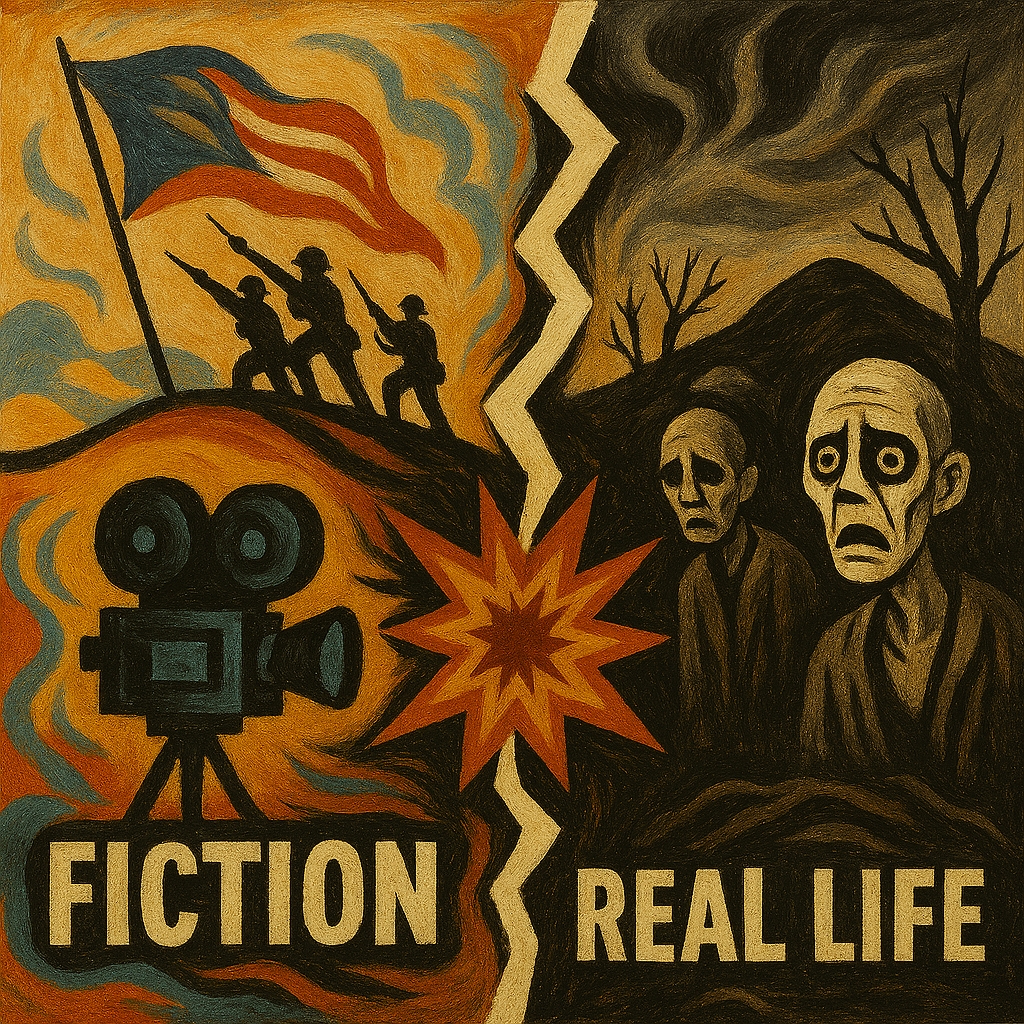
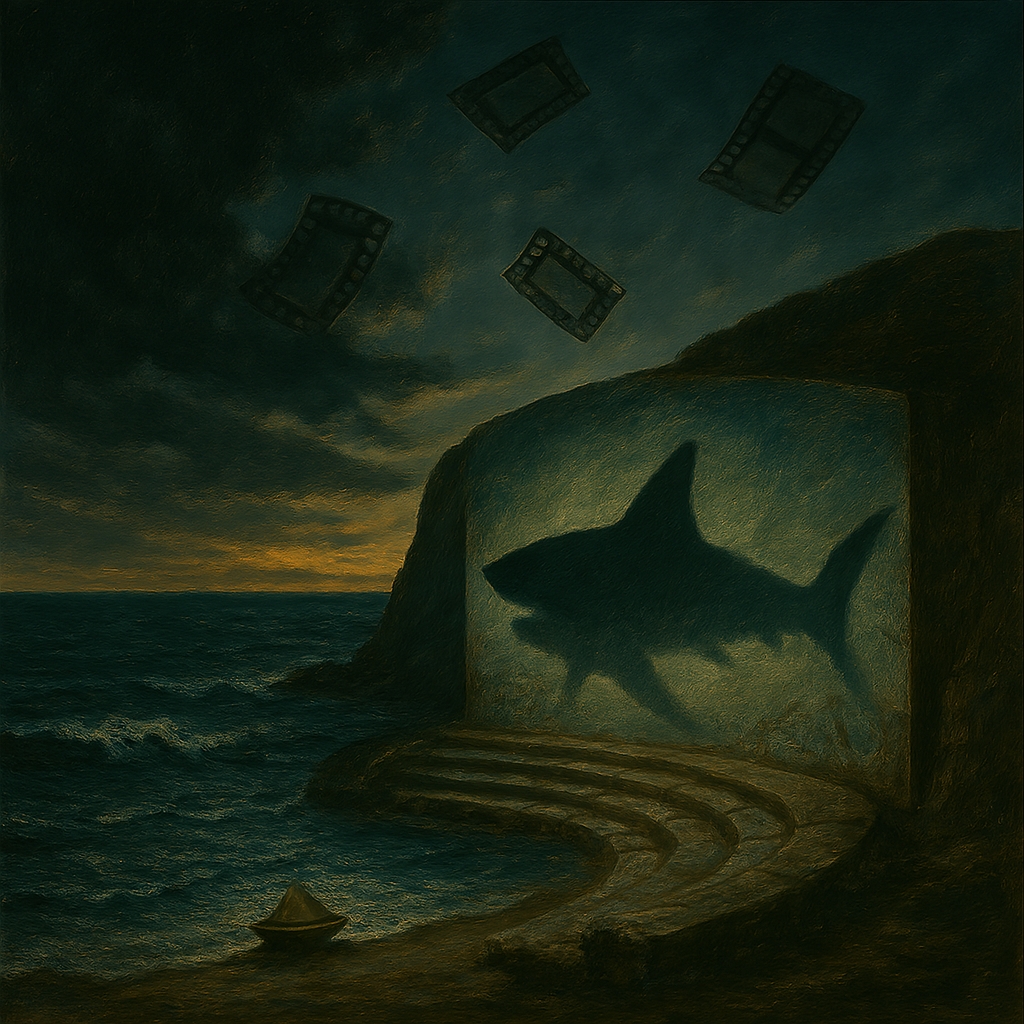



Leave a Reply